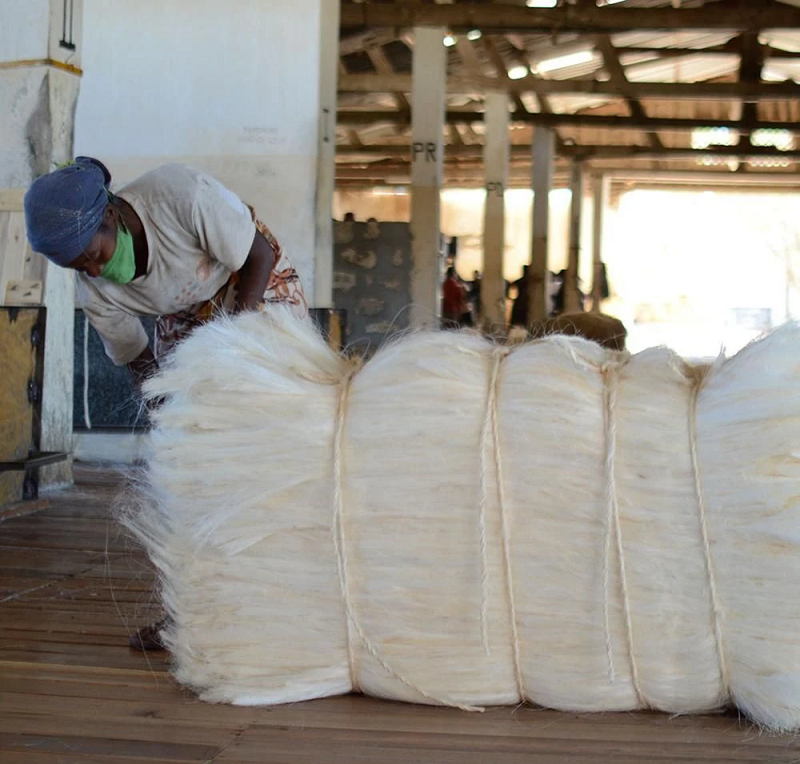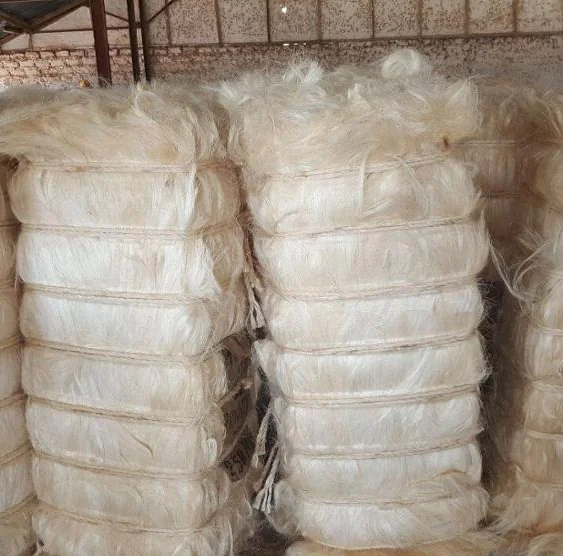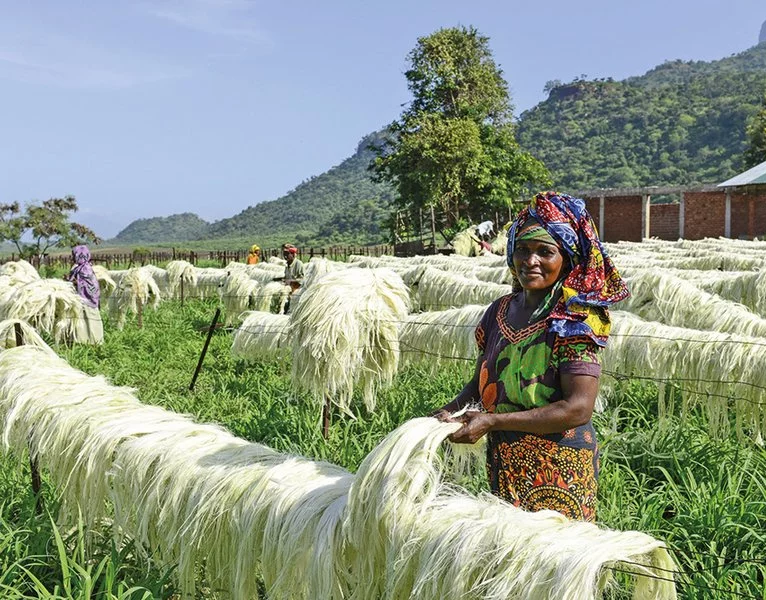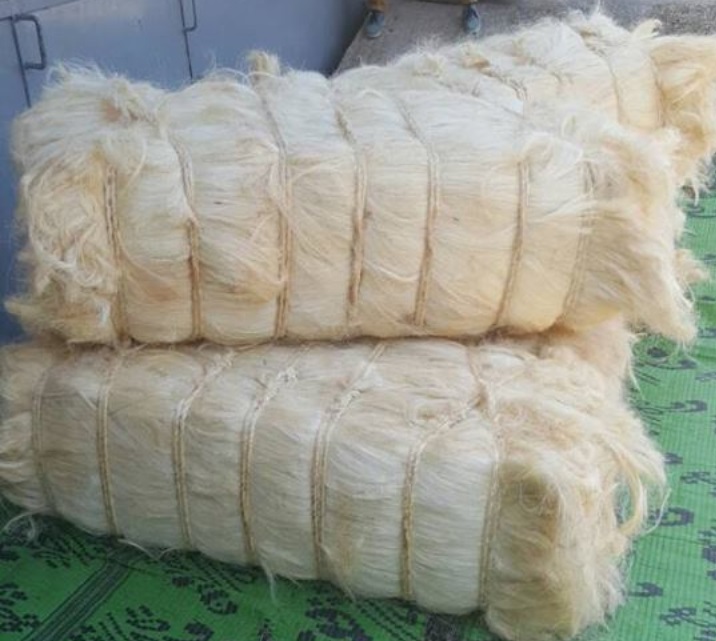Your cart is currently empty!
Bioengineering
A Cost-Effective Alternative to Conventional Engineering
Soil bioengineering is a cost-effective alternative to conventional engineering relying on vegetation to stabilize erodible soils providing exceptional benefits to the habitat. As a frequent component of modern bioengineering designs, coir erosion control products provide natural erosion protection during the period of time it takes for the roots and shoots of native plants to colonize and stabilize stream banks, wetlands or hillside soils. The extended longevity of coir erosion control products provides adequate time for the development of a well-established root system which eventually offers long-term erosion protection. Thus, coir erosion control products have become an important tool in modern bioengineering.
Success with Bioengineering:
Often bioengineering techniques are used as an alternative to traditional hard armor methods. For example, rip rap banks can be replaced with well-designed, bioengineered stream banks at a lower cost and with better environmental benefits. Since such innovative techniques often receive increased scrutiny, quality design and implementation are necessary. A few generalizations regarding success with bioengineering are given below:
- An ideal design team should consist of experts in various disciplines including engineering, plant ecology, hydrology and earth work.
- Ensure that plant roots and shoots will replace the structural function of erosion control products by the time fabrics weaken and degrade.
- Consider how the local climate and site conditions will affect plant growth rate and erosion control product degradation rate.
- Material installation can be the weak point of a project, even if the best materials are used. Consider the importance of secure staking, adequate fabric overlap, key trenching, skilled construction supervision and aggressive revegetation plans.
- Depending on the type of project, It is important to understand the inundation duration, mechanisms of hill slope and stream banks failure, the depth to water table, soil compaction, planting densities, post-project land use, as well as the benefits of monitoring and maintenance.
- Understand the limitations of the erosion control product or the technique.
Latest Posts
Tags
acheter de la fibre de sisal acheter de la fibre de sisal au Ghana acheter de la fibre de sisal en gros acheter de la fibre de sisal en gros distributeurs en gros de fibre de sisal acheter de la fibre de sisal en ligne acheter de la fibre de sisal en Tanzanie acheter de la fibre de sisal en vrac best place to buy sisal fiber Best suppliers of Sisal Fiber 2025 buy bulk sisal fiber buying sisal fiber Buying Sisal Fiber in Ghana Buying Sisal Fiber in Tanzania Buying Sisal Fiber online buying sisal fiber wholesale wholesale distributors of sisal fiber commander de la fibre de sisal en gros corde de sisal à vendre distributeurs de fibre de sisal Distributors of Sisal Fiber fibre de sisal en gros fibre de sisal à vendre fibre de sisal à vendre en ligne ficelle de sisal à vendre fournisseurs de fibre de sisal fournisseurs en gros de corde de sisal fournisseurs en gros de fibre de sisal importation de fibre de sisal Importing Sisal Fiber looking to buy Sisal fiber meilleur endroit pour acheter de la fibre de sisal order Sisal fiber wholesale où acheter de la fibre de sisal où acheter de la fibre de sisal en ligne producteurs de fibre de sisal sisal fiber for sale sisal fiber for sale online sisal fiber wholesale sisal rope for sale sisal twine for sale Top 5 best places to buy sisal fiber wholesale vous cherchez à acheter de la fibre de sisal where to buy sisal fiber Where to buy Sisal Fiber online Wholesale Suppliers of Sisal fiber wholesale suppliers of sisal rope




